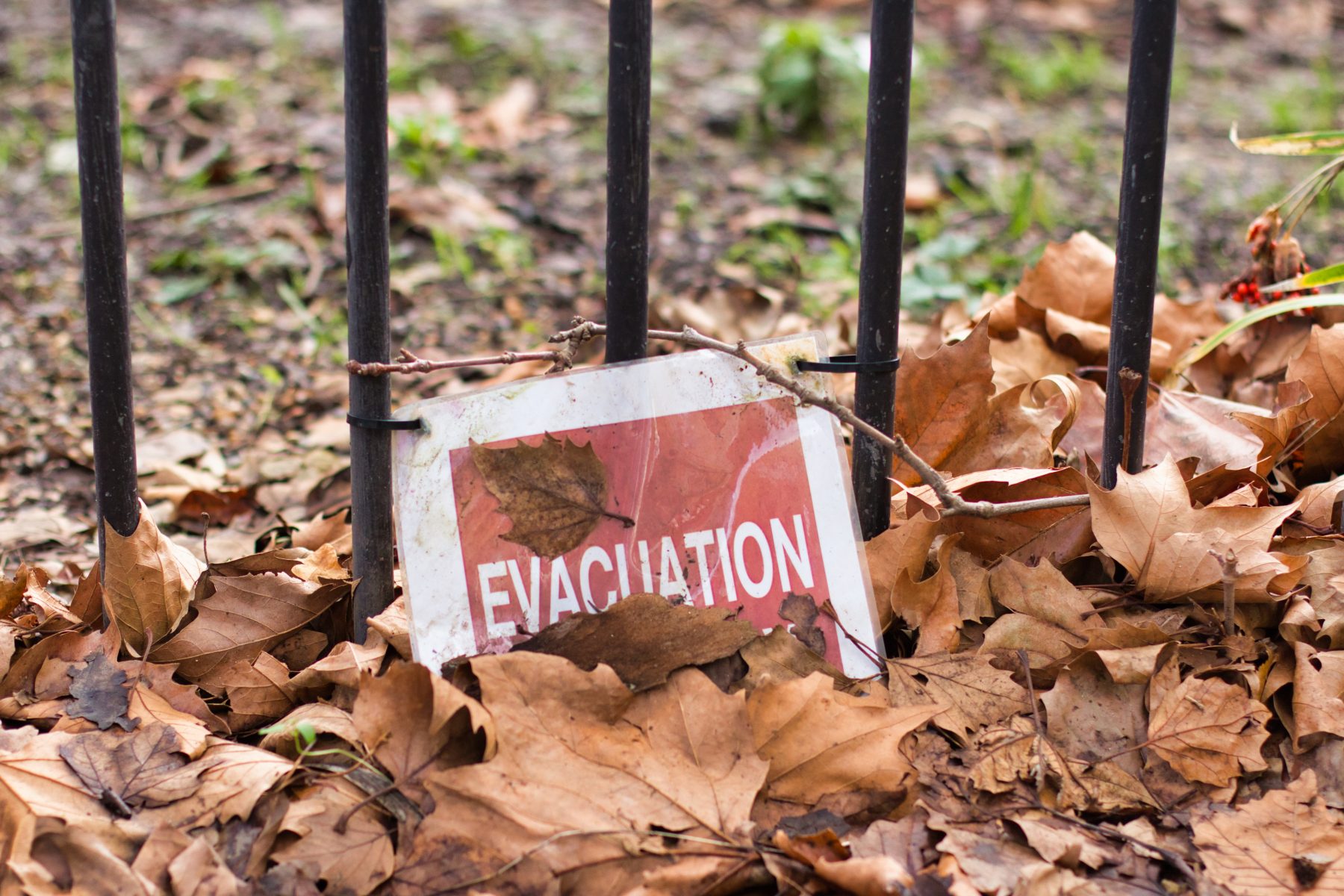When emergency drills become incidents: Advice on how to avoid snags from NSW Dept

The New South Wales Department of Education, which serves as the regulatory authority in NSW, has released information for early childhood education and care (ECEC) providers in relation to the risks associated with emergency and evacuation drills and rehearsals.
“Rehearsals of your emergency procedures should be carried out every three months, even if you have never experienced an emergency situation that required you to evacuate or lockdown at your service,” the Department said.
While these drills ensure that children, staff and families already know what to do in the event of an emergency, there can be some risks associated with evacuating or invacuating in an emergency, and these risks can be uncovered and addressed during such rehearsals.
“Rehearsals can also help you identify and mitigate possible risks to children associated with the evacuation or lockdown procedure, especially when rehearsing during naptime, pick-up or drop-off times,” the Department said.
Some common risks uncovered during rehearsals include:
- Supervision – For services in a mixed-use building the assembly area may be in a place which may enable unauthorised people to access children.
- Burnt feet – The route to an assembly point may include paved surfaces that can reach temperatures of up to 60 degrees in summer. To avoid injuries to children’s feet, the Department advised, services should consider changing the evacuation route, requiring children to put their socks and shoes in a basket that can easily be carried out by an educator, or including an outdoor blanket in the evacuation kit that can be thrown down on hot surfaces allowing children to evacuate safely. Very young children learning to walk should go barefoot often, to encourage balance, posture and coordination, so requiring children to wear shoes at all times may not be reasonably practicable.
- Children’s development stages – Consider assigning more educators to assist very young children to evacuate, especially in the event that services need to navigate stairs.
- Emergency equipment – If evacuation cots are used, do they easily fit through the doors on the evacuation route? Are educators trained to use fire extinguishers if safe to do so?
To aid services in identifying and addressing which risks may be relevant to each service, the department has created a suite of resources and templates to assist with emergency and evacuation rehearsals and enable services to critically reflect on what went well and what might be done differently for future rehearsals.
Further information about preparing for and managing emergencies can also be found on the department’s website.
Popular

Quality
Practice
Provider
Research
Workforce
Honouring the quiet magic of early childhood
2025-07-11 09:15:00
by Fiona Alston

Workforce
Policy
Quality
Practice
Provider
Research
The silent oath: Why child protection is personal for every educator
2025-07-17 09:00:31
by Fiona Alston

Practice
Provider
Quality
Research
Embedding cultural safety and responsiveness to strengthen belonging in early childhood education
2025-07-14 13:21:23
by Contributed Content











